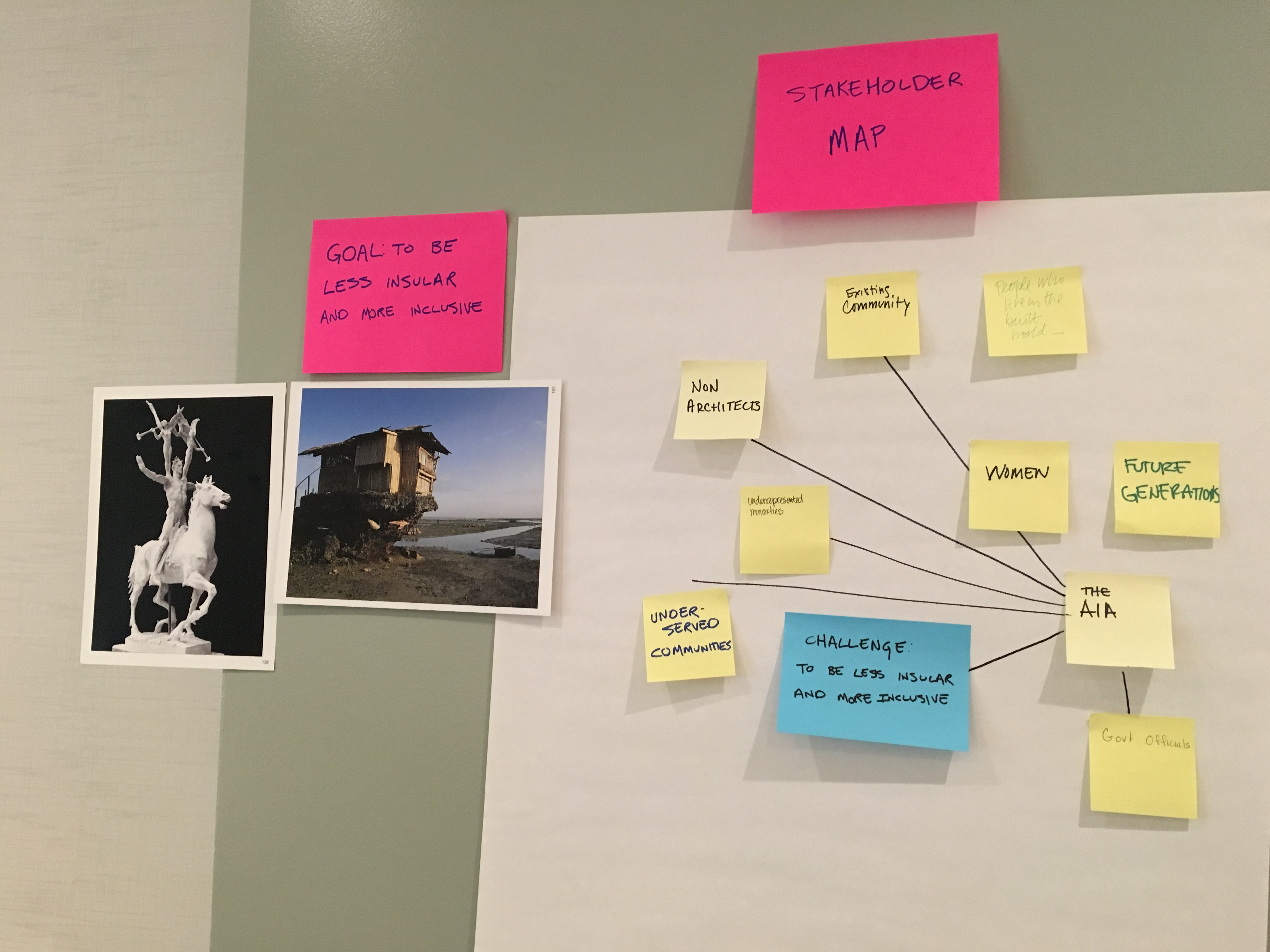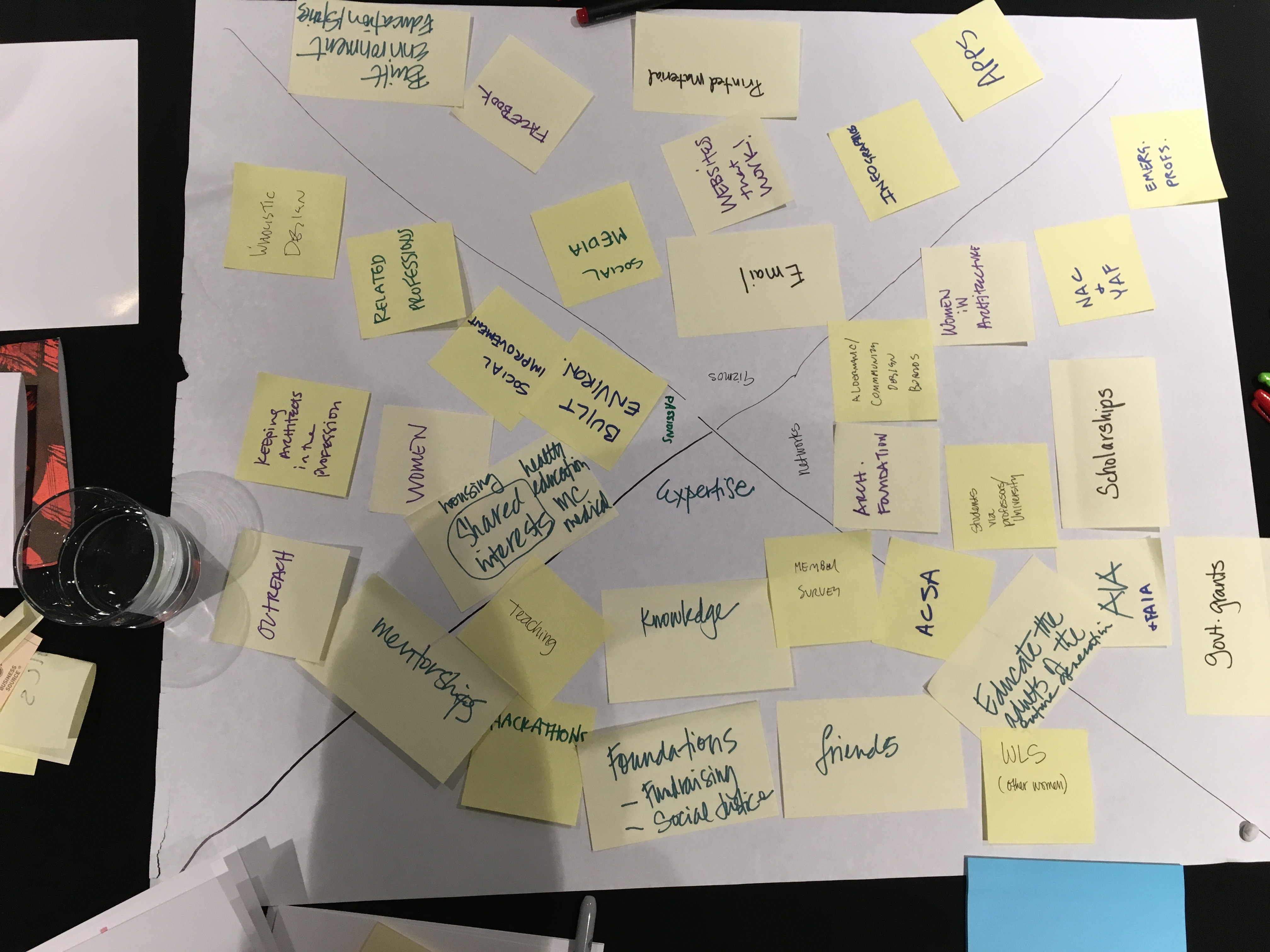by: Benjamin Prosky
Towards the end of my first month on the job I had the pleasure of attending the AIA Grassroots Leadership Event in Detroit. Geared towards the leaders of AIA components from across the nation, I started to more comprehensively understand the diverse concerns that motivate the wide range of AIA chapters.
Over the two days, we heard from many influential voices from within the AIA network and from outside. Cynthia Davidson, co-curator of the 2016 U.S. Pavilion at the International Architecture Exhibition in Venice, moderated a panel on five waterfront design solutions, featuring projects from Columbus, Detroit, San Antonio, Seattle, and Washington, DC. In another panel, mayors and planning directors from U.S. cities, small and large, attempted to answer the question: What do cities need from architects? We also previewed the commercial created by AIA National that has recently aired on CNN and other networks
For me, the most valuable moments were shared in smaller meetings and working sessions with AIA colleagues from across the nation. I attended a dinner with the “Big Sibs,” the 17 AIA chapters with over 1,000 members. This group, many of which now have Centers for Architecture, will meet later this year in Dallas. The upcoming meeting will focus on the coordination of Centers and AIA chapters and how content and resources are shared.
I particularly enjoyed the two-session workshop I attended entitled “The Creative Leadership Challenge.” In this meeting, we chose to identify and tackle some key issues that face AIA chapters, such as member value, recruiting younger members, and diversity in the profession. I worked with the diversity group. We identified a shared challenge and formulated a goal for our chapters to be “less insular and more inclusive.” Working with colleagues from Boston, Tulsa, Santa Fe, Tucson, Chicago, New Orleans, and rural Missouri, we identified obstacles, and stake holders, and, finally, tools to help us overcome this challenge. We concluded that we could tackle this issue incrementally, getting people to talk about diversity issues through conversations and a campaign called “Diversify Your Day.” In the end, the most valuable experience was working with a diverse group of people to brainstorm, problem solve, and propose ideas quickly and effectively.










